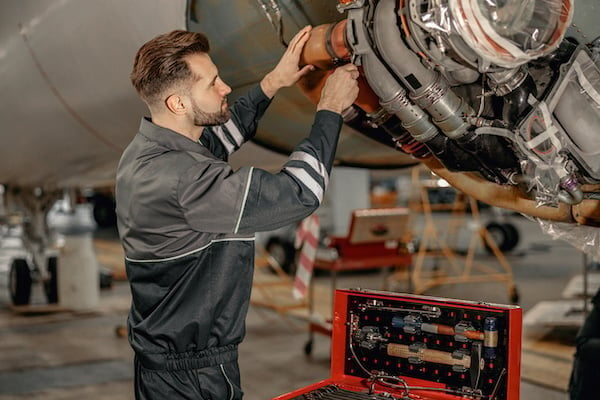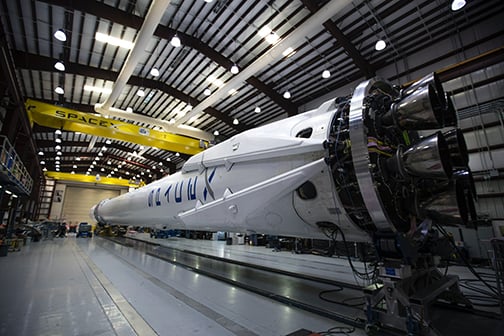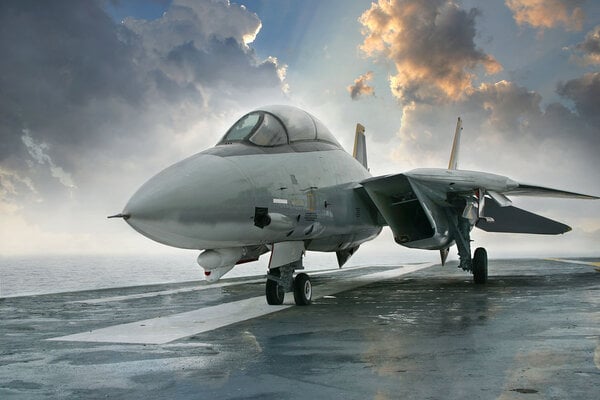GroundSupportEquipment (GSE) services aircraft at commercial airports and air force bases in between flights and during scheduled maintenance. They are also used to perform other tasks around the runway and taxi areas. SAE AIR4286 puts forth policies, procedures and practices required to maintain mobile and fixed ground support equipment at airport passenger and cargo terminals. While ISO 6966 specifies the safety requirements to be considered by manufacturers for the design of aircraft, ground support equipment and military GSE is governed by a variety of GSA Schedules.
Aircraft hydraulic systems must help operate many critical flight components, maintaining efficiency through the most demanding in-flight conditions. The primary use of hydraulic systems in aircraft are in the components of landing gear, brakes and flight control surfaces. Flight control surfaces are the aerodynamic devices which allow the pilot to adjust and control the aircraft's altitude. The fundamentals of aircraft hydraulics and their maintenance are consistent regardless of the size of the aircraft.
We all know that regular maintenance of your aircraft will extend the life and ensure safe performance. But to take preventative measures, you must go through different levels of aircraft service support; and the most important levels pertain to structural and component maintenance. In this blog post, you’ll learn about the maintenance of a hydraulic system and its components.
Air refueling (AR) is the use of inflight refueling aircraft to keep strike and surveillance aircraft in the air for long periods to observe adversaries, refuel airlifters (delivery of supplies or personnel), and support sustained airstrike operations.
In our last blog post, we talked about the importance of safeguarding the aerospace and defense supply chain. For companies working with these industries, it is also critical to have strong cybersecurity regulations and protocols set in place to ensure that any sensitive information is being handled properly.
The aerospace and defense market comprises of passenger and military airplanes, helicopters, gliders, unmanned aerial vehicles, spacecraft, launch vehicles, satellites, and other aerospace fittings. In conjunction with the general defense industry, it is understandable their supply chains are subject to an abundance of certifications and regulations. These can range from compliance in the use of specialty metals, to the manufacture of firearm components, to cybersecurity measures — namely, the security of information technology data and an organization’s communications infrastructure. The very infraction FLIR committed.
Hydraulic Fluids in Aircraft
Hydraulic fluids used in aircraft are relatively thin compared to industrial fluids. They must also be fire resistant, which is critical when the nearest fire department is five miles below, not a few blocks away. Hydraulic fluids used in aircraft also differ from industrial applications because they must remain at -65° and up to 275° F. At those temperatures water and vegetable-based oil lubricants will freeze or boil. The primary hydraulic fluids used in military and commercial aircraft depend on the particular application and environment:
Categories
- Fittings (55)
- Company Updates (45)
- Aerospace (26)
- Hydraulic Maintenance (23)
- Instrumentation (18)
- Helpful Info (14)
- Industry News (14)
- Supply Chain (14)
- Tradeshows (13)
- Distributed Manufacturing (11)
- Flange Fittings (11)
- Hose Fittings (10)
- Push To Connect (10)
- Hydraulic Safety (9)
- Technology (9)
- Tube Fittings (9)
- DIN (6)
- O-Ring Face Seal Fittings (6)
- Thread Identification & Measurement (6)
- D.O.T. (5)
- News (5)
- Value Through Strength (5)
- Announcements (4)
- Distributors (4)
- Fragmentation (4)
- Literature (4)
- ORING (4)
- Specialty Alloys (4)
- Acquisitions (3)
- Forged Fittings (3)
- Giving Back (3)
- Agriculture (2)
- Brennan Value (2)
- Contamination (2)
- Brennan University (1)
- Crimp Oil (1)
- Events (1)
- Industrial Marketing (1)
- Oil and Gas (1)
- Truck and Trailer (1)
Recent Posts
Subscribe to Blog Notifications
Keep up to date with the latest from the Brennan Blog by subscribing to blog notifications below. Every month we will send you a brief digest of the latest posts with a link where you can read more.










